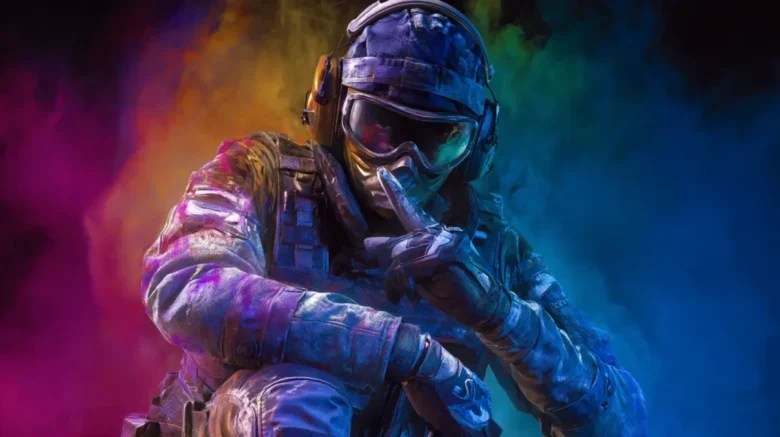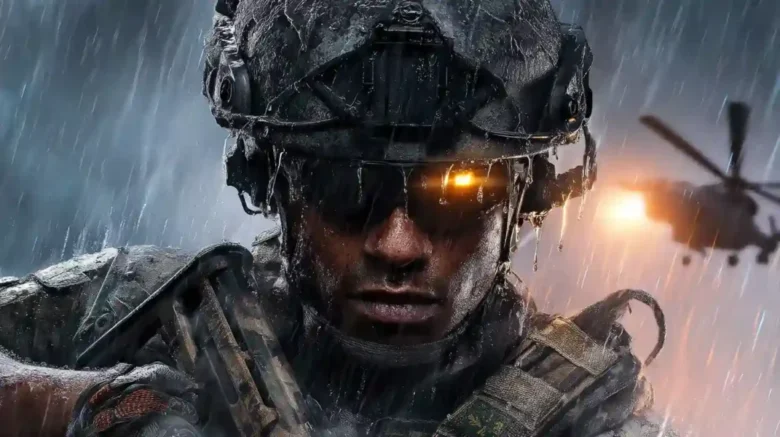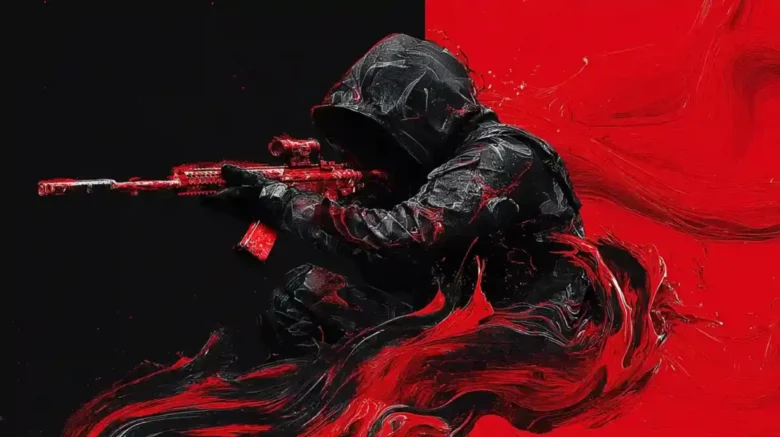So, with a heavy heart, I begin this guide. The days when Call of Duty could run on a potato instead of a PC are long behind us. Now, to enjoy Call of Duty: Black Ops 6, even if your rig isn’t the weakest, you’ll need to optimize the graphics settings for smoother FPS. I discovered my PC couldn’t handle Call of Duty as smoothly as I’d hoped, but with some tweaks, I managed to optimize the settings to get it running more stably.
Sure, Call of Duty has introduced technologies like DLSS and FSR, but unfortunately, they don’t solve all the performance issues and can even create input lag. So, after digging through forums, consulting the community, and using my own experience, I’ve put together this guide to help you optimize the graphics settings in Call of Duty: Black Ops 6. Here’s what we’ll cover:
- Lighting settings — Which ones to adjust to improve FPS without sacrificing much visual quality.
- Call Of Duty Black Ops 6 Graphics Settings to disable — What you can turn off without hurting the gameplay experience.
- Potato mode — A last-resort setting that drastically lowers graphics for those who just want maximum FPS, even on a low-end machine.
Until Call of Duty gets better optimizations, let’s dive into how to make those settings… change!
You may also interest in:
IMPORTANT NOTE:
Dive deeper into the article to find a special PROMOCODE for a Discount to CUT ON ALL YOUR BOOSTS.
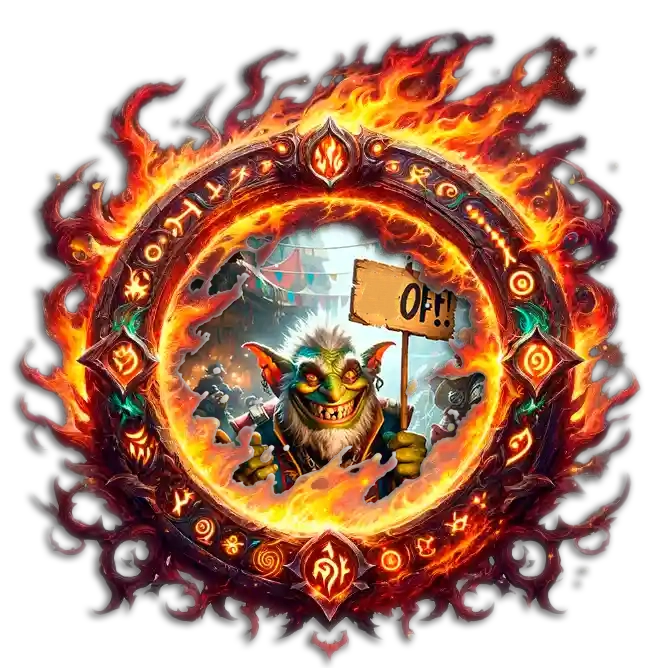
Main rules about the playing Bo6
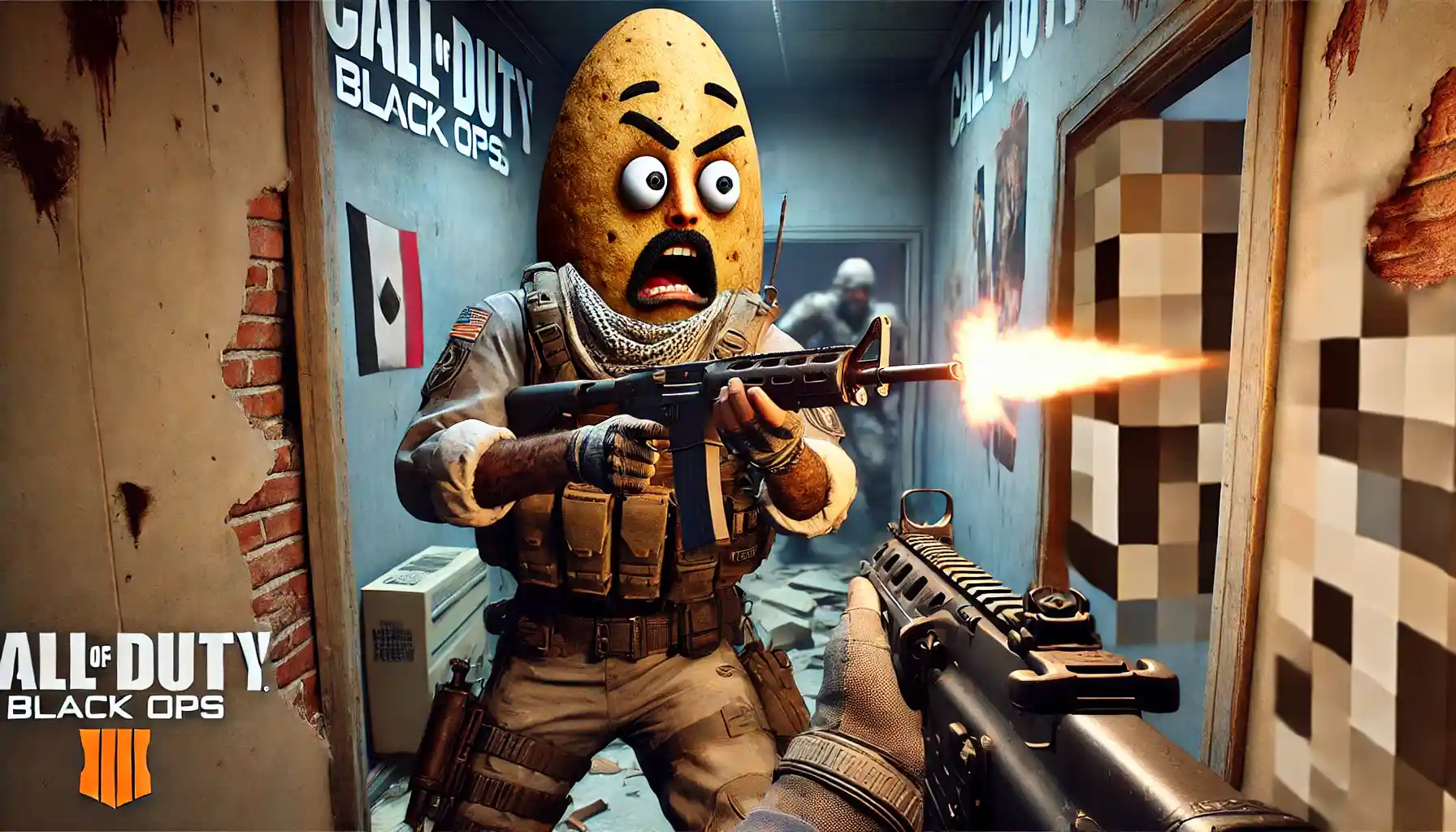
When playing competitive games like Call of Duty: Black Ops 6, the focus isn’t just on getting the highest possible frames per second (FPS) but achieving a stable and smooth gameplay experience with a choosing proper Call Of Duty Black Ops 6 Graphics Settings. Here are some key rules to follow when optimizing your graphics settings to enhance your performance in such games:
- Stable FPS over Maximum FPS — It’s more important to have a stable 60 FPS than fluctuating higher numbers like 100+ FPS with stutters. A steady frame rate provides smoother gameplay and helps avoid sudden drops that can ruin your performance during critical moments.
- Maximizing Distance of Drawing — You need to see enemies and objects clearly over long distances. That’s why certain settings like texture resolution and draw distance should remain reasonably high, but without sacrificing too much performance.
- Avoid Frame Generators — Technologies like FSR 3.0 or DLSS 3.0 generate extra frames to artificially boost FPS. These “fake” frames can trick your eyes into believing the game is smoother than it actually is, but they introduce latency and may cause you to react slower in fast-paced situations. It’s best to maximize performance by lowering other settings instead.
Minimal system requirements to play Cod Bo6
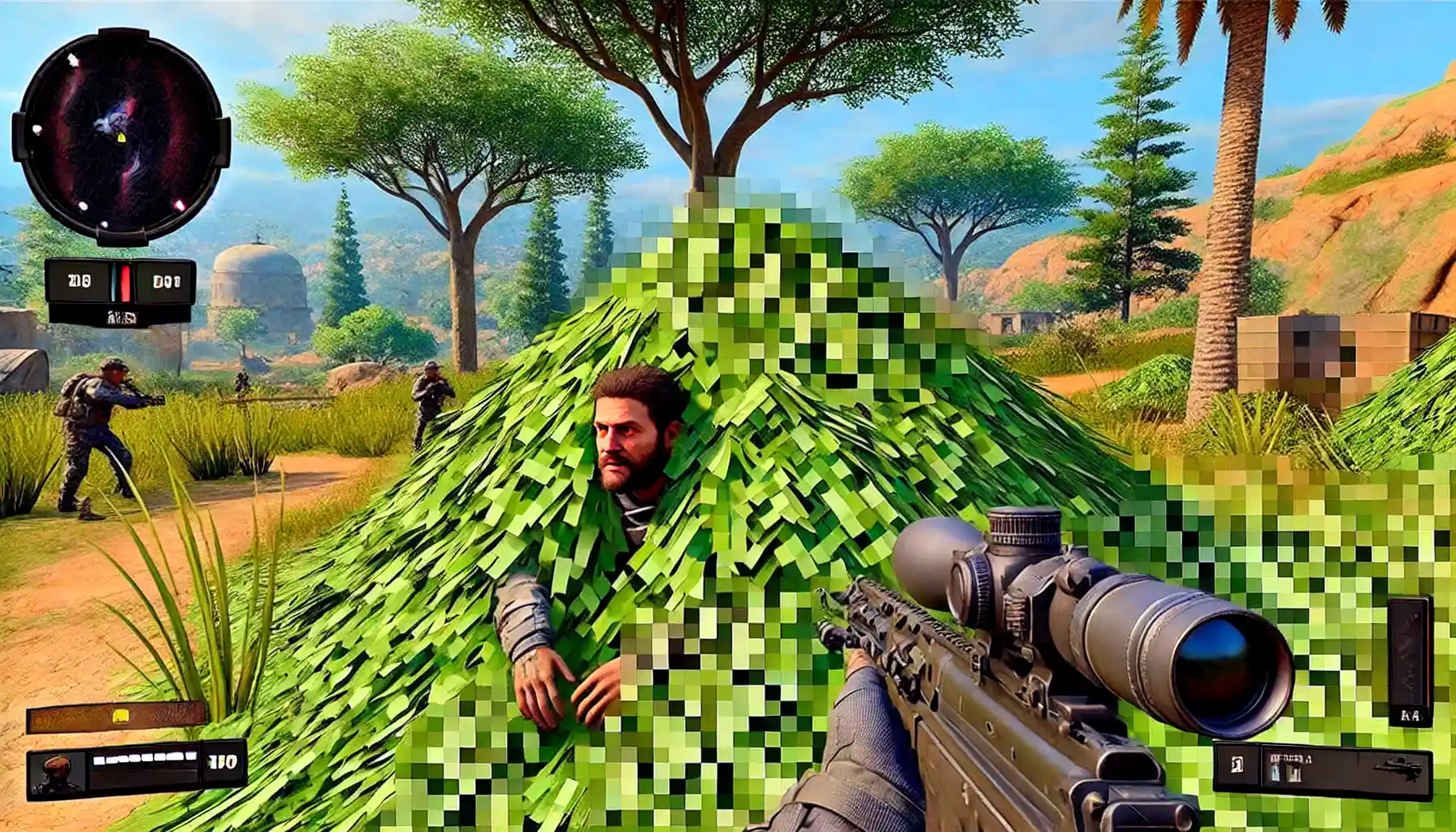
To play Call of Duty: Black Ops 6, having a solid setup is important for a smooth experience. While the game can run on the minimum system requirements, it’s always best to aim for recommended specs or higher. I highly recommend using a fast SSD for the game to minimize loading times and improve overall performance. Additionally, if possible, ensure your RAM is running at higher speeds (like 3200 MHz or more) for better responsiveness in-game. Here’s a breakdown of the minimum system requirements and some recommendations to optimize for stable FPS without upgrading your entire setup.
| Component | Minimum for Call Of Duty Black Ops 6 best Graphics Settings |
| Operating System | Windows 10 64 Bit (latest update) |
| Video | NVIDIA GeForce GTX 960 / GTX 1650 or AMD Radeon RX 470 |
| Storage | SSD with 149 GB available space (78 GB if COD HQ & Warzone installed) |
| Processor | Intel Core i5-6600 or AMD Ryzen 5 1400 |
| Memory | 8 GB RAM |
| Internet | Broadband Internet connection |
Black Ops 6 Military Rank Boost
Achieve the highest rating with PRO Boosters!
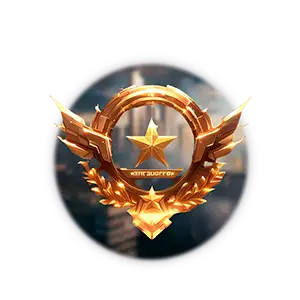
Recommendations for Stable FPS (Beyond Minimum Requirements)
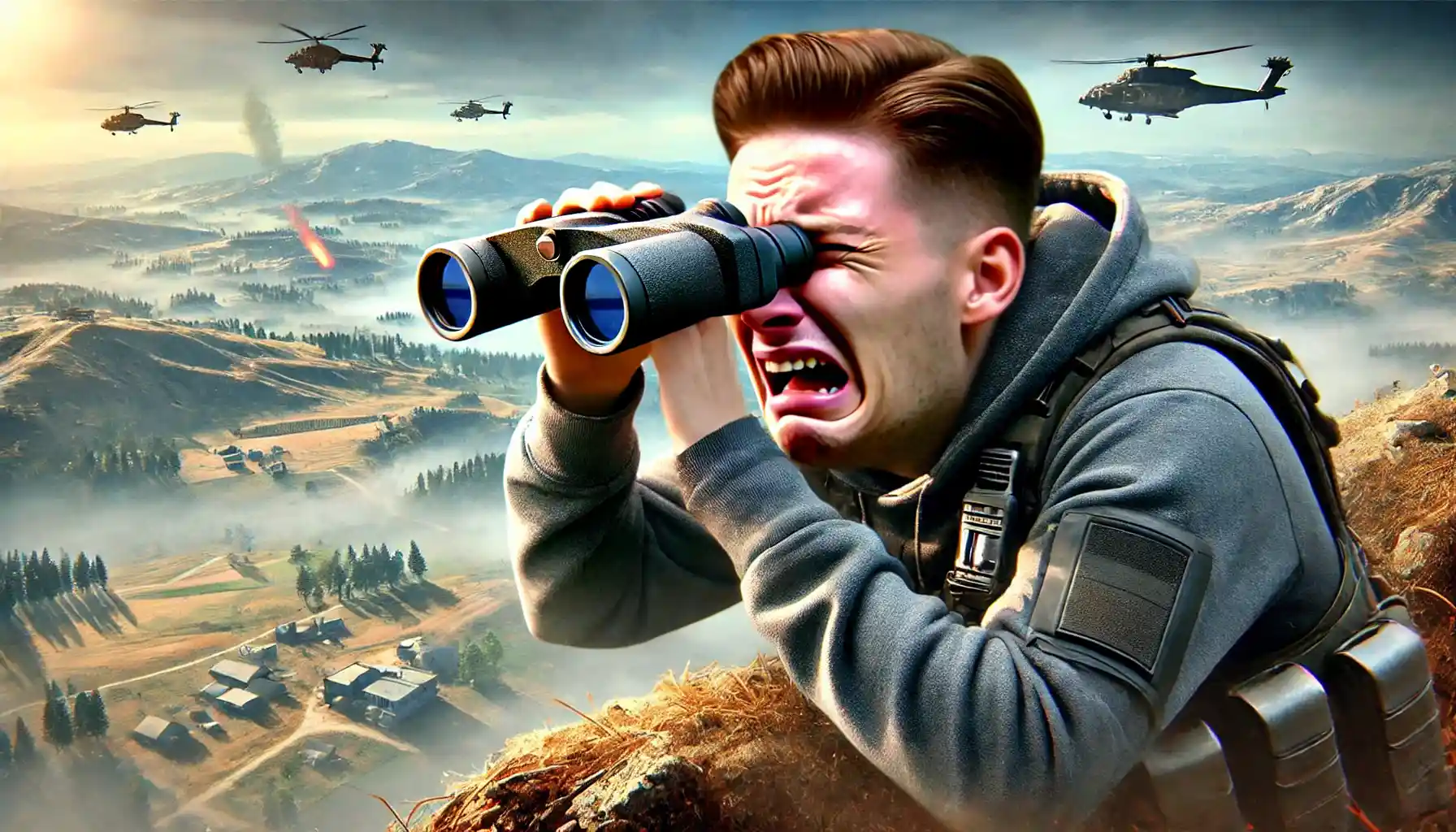
- Video — Instead of a GTX 960, aim for a GTX 1660 or higher. For AMD, an RX 580 would give you a smoother experience.
- Processor — Upgrade to a more recent CPU, like an Intel Core i5-9600K or AMD Ryzen 5 3600, for more stable performance.
- Memory — 8 GB is the minimum, but bumping up to 16 GB of RAM will give you better multitasking and prevent slowdowns during intense gameplay.
- Storage — Use a high-speed NVMe SSD instead of a standard SATA SSD to reduce load times even more.
- Graphics Settings — Lower settings like Volumetric Quality, Screen Space Shadows, and Reflections to improve FPS without impacting visuals much.
By upgrading certain elements and adjusting a few in-game settings, you’ll get much more stable FPS, even if your system is closer to the minimum requirements.
All the settings we can exchange in the Call of duty: Black ops 6 to optimize the FPS
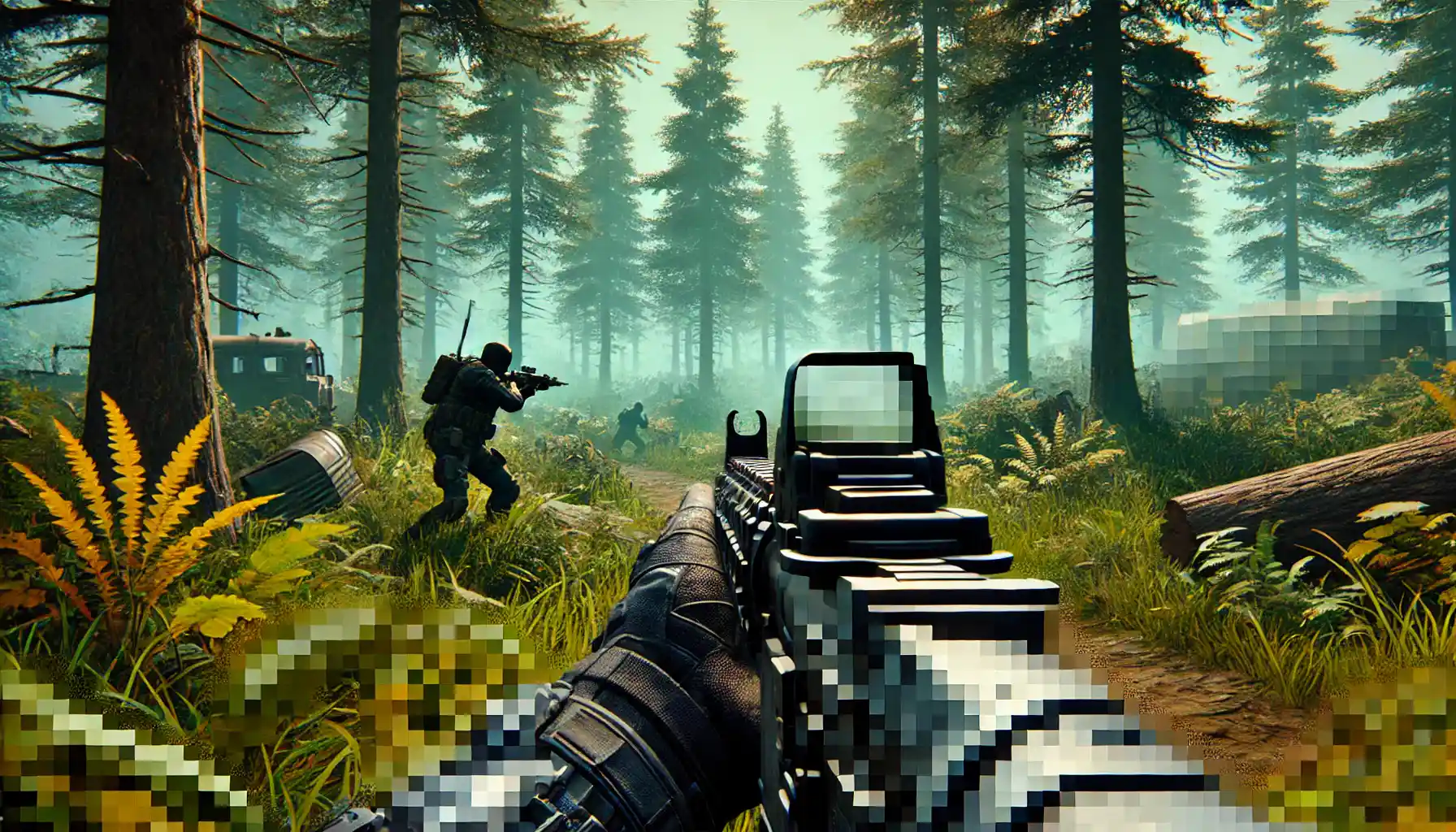
To get the best performance and frame rate (FPS) in Call of Duty: Black Ops 6, it’s essential to optimize your graphics settings. By lowering certain graphical features and focusing on maximizing performance, you can enjoy smoother gameplay. Here’s a simple guide to help you adjust the settings for the best FPS:
| Setting | What it Does |
| Display Mode | Fullscreen Exclusive — Reduces input latency for better response. |
| Primary Monitor Display Adapter | Selects the primary GPU for rendering. |
| Display Resolution | Sets the game’s resolution; lower for more FPS. |
| Refresh Rate | Set to the maximum supported by your monitor for smoother visuals. |
| Monitor Aspect Ratio | Adjusts aspect ratio to match your screen, set to Automatic. |
| Custom Render Resolution | Adjusts internal rendering resolution, lowering boosts FPS. |
| Nvidia DLSS Frame Generation | Boosts FPS while keeping decent visual quality (Nvidia GPUs). |
| Custom Frame Rate Limit | Caps FPS to match your monitor’s refresh rate, improving stability. |
| Brightness | Adjust to personal preference, no impact on FPS. |
| V-Sync (Gameplay/Menus) | Off — Reduces input lag for more responsive gameplay. |
| Texture Resolution | Controls the quality of textures; lowering can boost FPS. |
| Local Texture Streaming Quality | Reduces texture quality streamed from the disk, improving performance. |
| Persistent Effects | Disables visual effects that stay in the environment, saving resources. |
| Screen Space Reflections | Disables reflections in real-time, boosting performance. |
| Screen Space Ambient Lighting | Disables ambient lighting, reducing GPU load. |
| Screen Space Shadows | Disables dynamic shadows, improving FPS. |
| Static Reflection Quality | Reduces quality of static reflections, helping FPS. |
| Shadow Quality | Reduces overall shadow quality for better performance. |
| Volumetric Quality | Lowers complexity of volumetric effects like fog. |
| Deferred Physics Quality | Reduces physics simulation details for faster performance. |
| Weather Grid Volumes | Disables weather effects like wind or rain for smoother gameplay. |
| Water Quality | Lowers water rendering details, helping boost FPS. |
| Particle Resolution | Reduces the quality of particles (smoke, dust), improving FPS. |
| Weapon Motion Blur | Off — Improves clarity and reduces unnecessary blur. |
| World Motion Blur | Off — Disables motion blur for clearer visuals. |
| Depth of Field | Off — Sharpens objects further from the camera to improve clarity. |
| Field of View (FOV) | Adjusts how wide the camera view is. Higher FOV may lower FPS slightly. |
| HDR (High Dynamic Range) | Off — Disabling this can improve FPS. |
| Tessellation | Off — Reduces surface details like bump mapping to boost performance. |
| On-Demand Texture Streaming | Off — Disabling prevents stuttering from loading textures mid-game. |
| VRAM Scale Target | Adjusts the amount of VRAM used, lowering can prevent stutters. |
BO6 Prestige Boost
Experience your Boost live via stream!

The Base optimization
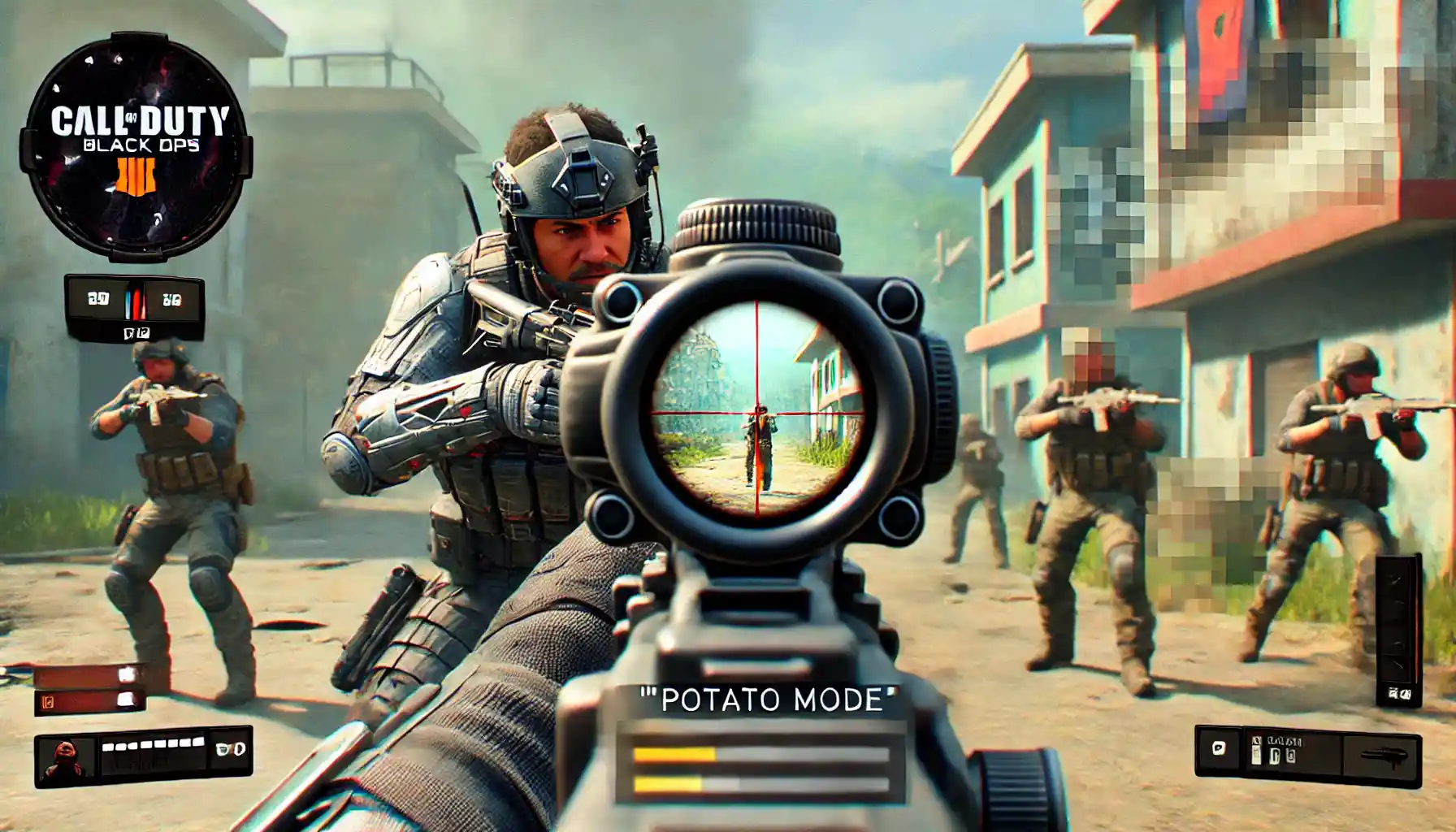
When optimizing graphics in competitive shooters like Call of Duty: Black Ops 6, the main goal is not just to get the highest possible FPS but to ensure smooth and stable performance. It’s better to have a stable 60 FPS than to push for 100+ FPS with stutters. Consistency ensures you perform better without random frame drops interrupting critical moments. Here’s a simple guide with recommended settings focused on maintaining smooth and consistent FPS while keeping visuals clear and responsive.
| Setting | Recommended Value | Why It’s Recommended |
| Display Mode | Fullscreen Exclusive | Best for reducing input lag and improving response time. |
| Monitor Display Resolution | 1920×1080 (1080p) | Best for performance and clarity without overloading the system. |
| Maximum Display Resolution | Native resolution of your monitor | Ensures you get the best visual quality with your monitor’s specs. |
| Custom Frame Rate Limit | Match monitor refresh rate (e.g., 60Hz = 60 FPS) | Provides stable FPS and prevents unnecessary frame drops. |
| Low Screen Space Shadows | Off | Improves FPS by reducing resource-heavy shadow effects. |
| Lighting Shadow Quality | Low | Reduces lighting complexity while maintaining visual quality. |
| Shader Quality | Medium | Keeps visuals decent without impacting FPS too much. |
| Particle Resolution | Normal | Balances effect quality and performance without much impact. |
| Low Deferred Physics Quality | Off | Removes unnecessary physics calculations to save resources. |
| Static Reflection Quality | Low | Reduces reflections, improving performance without much visual loss. |
| Unlimited Menu Render Resolution | Optimal | Ensures clear menus without affecting overall performance. |
| V-Sync (Gameplay) | Off | Reduces input lag for faster reactions during gameplay. |
| Optimal Pause Game Rendering | Off | Prevents unnecessary rendering when the game is paused, saving performance. |
Potato mode
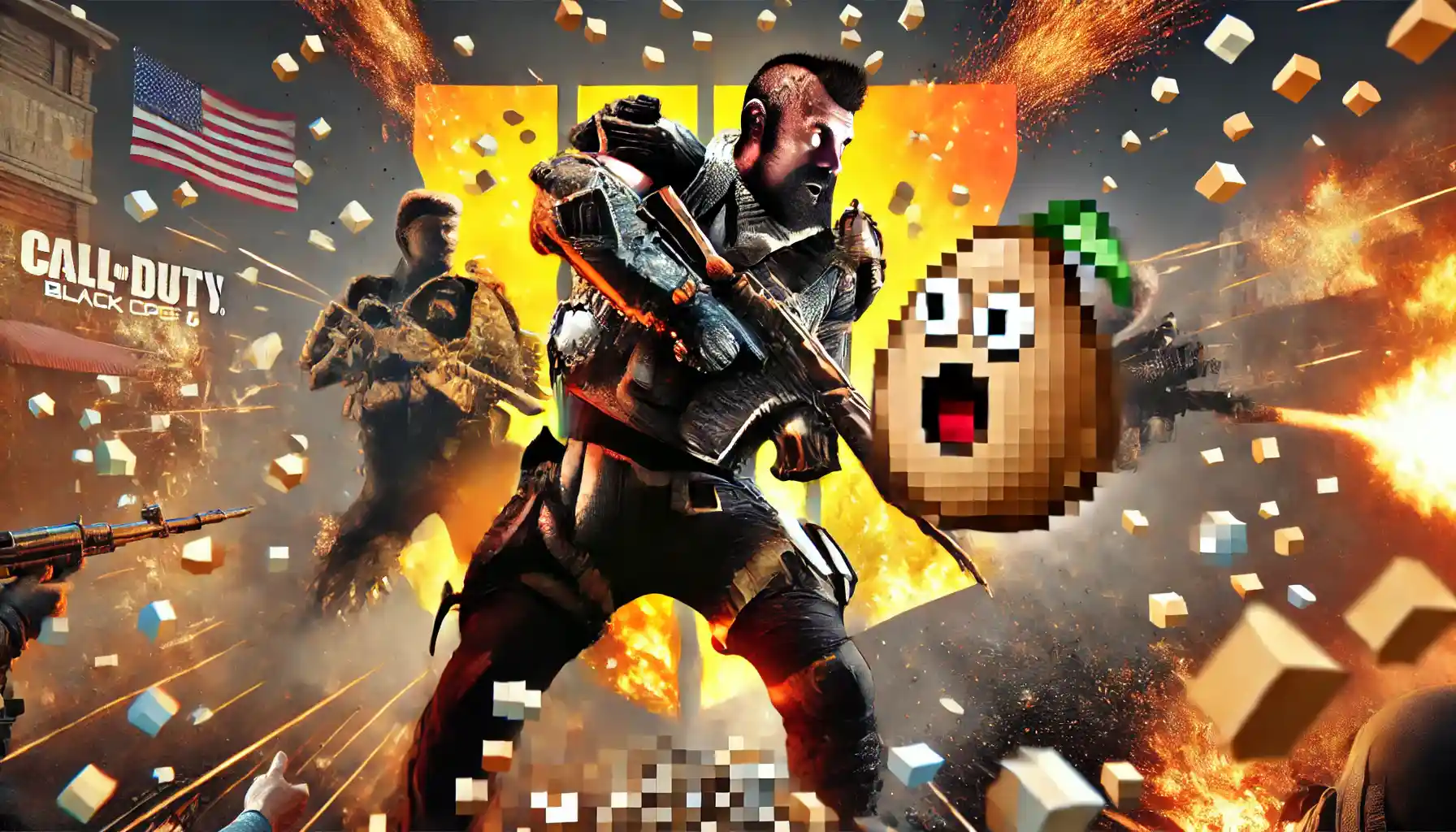
Nvidia Inspector is a small tool that allows you to change advanced graphics settings for games, giving you more control than what the in-game options offer. You can use it to lower the graphics of Call of Duty: Black Ops 6 to the bare minimum (this is called “potato mode”), which helps make the game run smoother, especially on low-end PCs. The game will look very basic, but your FPS (frames per second) will be much higher and more stable.
- Download Nvidia Inspector
- Go to Google and search for “Nvidia Inspector download.” You can usually find it on tech forums or sites like Guru3D.
- Download and unzip the tool.
- Open Nvidia Inspector
- Once downloaded, open the program by double-clicking nvidiaProfileInspector.exe.
- Find the Game
- At the top of Nvidia Inspector, there is a drop-down list labeled “Profiles.”
- From this list, search for and select Call of Duty: Modern Warfare (if Black Ops 6 is not listed yet, it will work the same).
- Turn Off Anti-Aliasing
- In the settings under Anti-Aliasing, set everything to Off or Disallowed. Anti-aliasing smooths out jagged edges, but it uses a lot of GPU power. Turning this off makes the game look more basic but significantly improves FPS.
- Lower Texture Filtering
- Under Texture Filtering, change the following settings:
- Driver Controlled LOD Bias to Allow.
- LOD Bias (DX) — Set this to 0x000078 (you can type it in). This makes textures look simpler and lower quality, boosting FPS.
- Texture Filtering Quality — Set this to High Performance. This is the lowest quality texture setting and makes the game run much faster by reducing detail in surfaces.
- Disable Ambient Occlusion
- Find Ambient Occlusion and set it to Off. This setting controls how lighting works in the game (like shadows and how light hits surfaces), and turning it off makes the game run smoother by reducing the strain on your GPU.
- Set Power Management Mode
- Scroll down to Power Management Mode and set it to Prefer Maximum Performance. This makes sure your GPU runs at full power during the game, giving you the best performance.
- Single Display Mode
- Under Multi-Display GPU Acceleration, choose Single display performance mode. If you’re only playing on one screen, this reduces the GPU load and helps with FPS.
- Apply the Changes
- Once you’ve made all the changes, click the “Apply Changes” button in the top-right corner of Nvidia Inspector.
| Setting | Recommended Value | Why This Improves FPS |
| Anti-Aliasing | Off | Anti-Aliasing smooths edges but uses a lot of GPU power. Turning it off increases FPS by freeing up resources. |
| Texture Filtering (LOD Bias) | Lower / High Performance | Reduces quality of distant objects, which lowers GPU load and boosts performance. |
| Ambient Occlusion | Off | Disabling this lighting effect removes shadows, significantly improving FPS. |
| Texture Filtering Quality | High Performance | Makes textures basic and simple, improving performance without much visual impact. |
| Power Management Mode | Prefer Maximum Performance | Ensures your GPU runs at full power during the game, providing more stable FPS. |
Buy CoD Black Ops 6 Ranked Boost!
Experience your Boost live via stream!

The Optimal Settings for the best call of duty fps in the Black ops 6
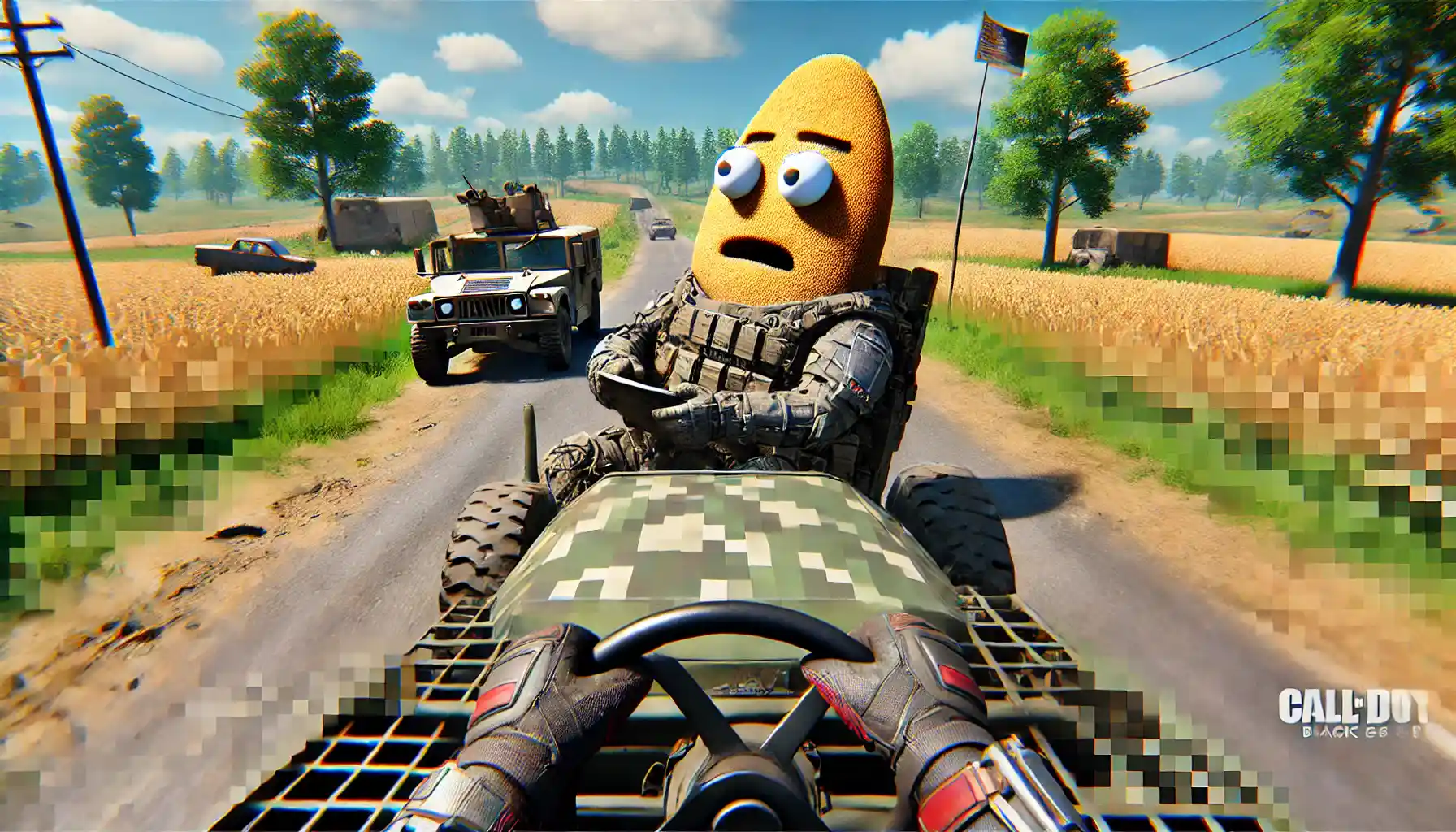
When optimizing graphics settings in Call of Duty: Black Ops 6 for the best FPS, the goal is to strike a balance between performance and visual clarity. You want the game to run smoothly with minimal stutters while maintaining decent graphics. Here’s a simple guide to the recommended settings that will help boost your FPS and provide a stable gaming experience.
| Setting | Recommended Value | Why It’s Recommended |
| Display Mode | Fullscreen Exclusive | Reduces input lag and gives better performance by dedicating full resources to the game. |
| Monitor Display Resolution | 1920×1080 (1080p) | Best balance between performance and visual quality, especially for mid-range systems. |
| Maximum Display Resolution | Set to your monitor’s native resolution | Ensures the sharpest display quality based on your monitor’s capability. |
| Custom Frame Rate Limit | Match your monitor’s refresh rate (e.g., 60Hz = 60 FPS) | Stabilizes FPS and prevents frame drops or stuttering. |
| Low Screen Space Shadows | Off | Improves FPS by disabling unnecessary shadows. |
| Lighting Shadow Quality | Low | Reduces the load on your GPU while still keeping essential shadows for clarity. |
| Shader Quality | Medium | Keeps visual quality decent without heavy GPU usage. |
| Normal Particle Resolution | Normal | Balance between visuals and performance. |
| Low Deferred Physics Quality | Off | Reduces the physics calculations, improving FPS without much loss in visual effects. |
| Static Reflection Quality | Low | Lowering reflections reduces GPU load, resulting in higher FPS. |
| Unlimited Menu Render Resolution | Optimal | Ensures clear and sharp menus without performance drops during gameplay. |
| V-Sync (Gameplay) | Off | Disabling V-Sync reduces input lag, which is important for competitive play. |
| Exclusive Display Monitor | Set to your primary display | Ensures the game runs on the best-performing display connected to your system. |
| Ambient Occlusion | Off | Improves FPS by turning off detailed lighting effects. |
| Screen Space Reflections | Off | Disabling reflections boosts performance with minimal impact on gameplay visuals. |
| Volumetric Quality | Low | Reduces fog and lighting effects, saving GPU resources. |
| Weather Grid Volumes | Off | Disables complex weather effects, leading to smoother gameplay. |
| Water Quality | Off | Disabling water rendering effects will significantly boost FPS, especially in watery scenes. |
| On-Demand Texture Streaming | Off | Prevents potential stuttering by loading all textures in advance. |
Black Ops 6 Military Rank Boost
Achieve the highest rating with PRO Boosters!

Why These Settings Work for FPS
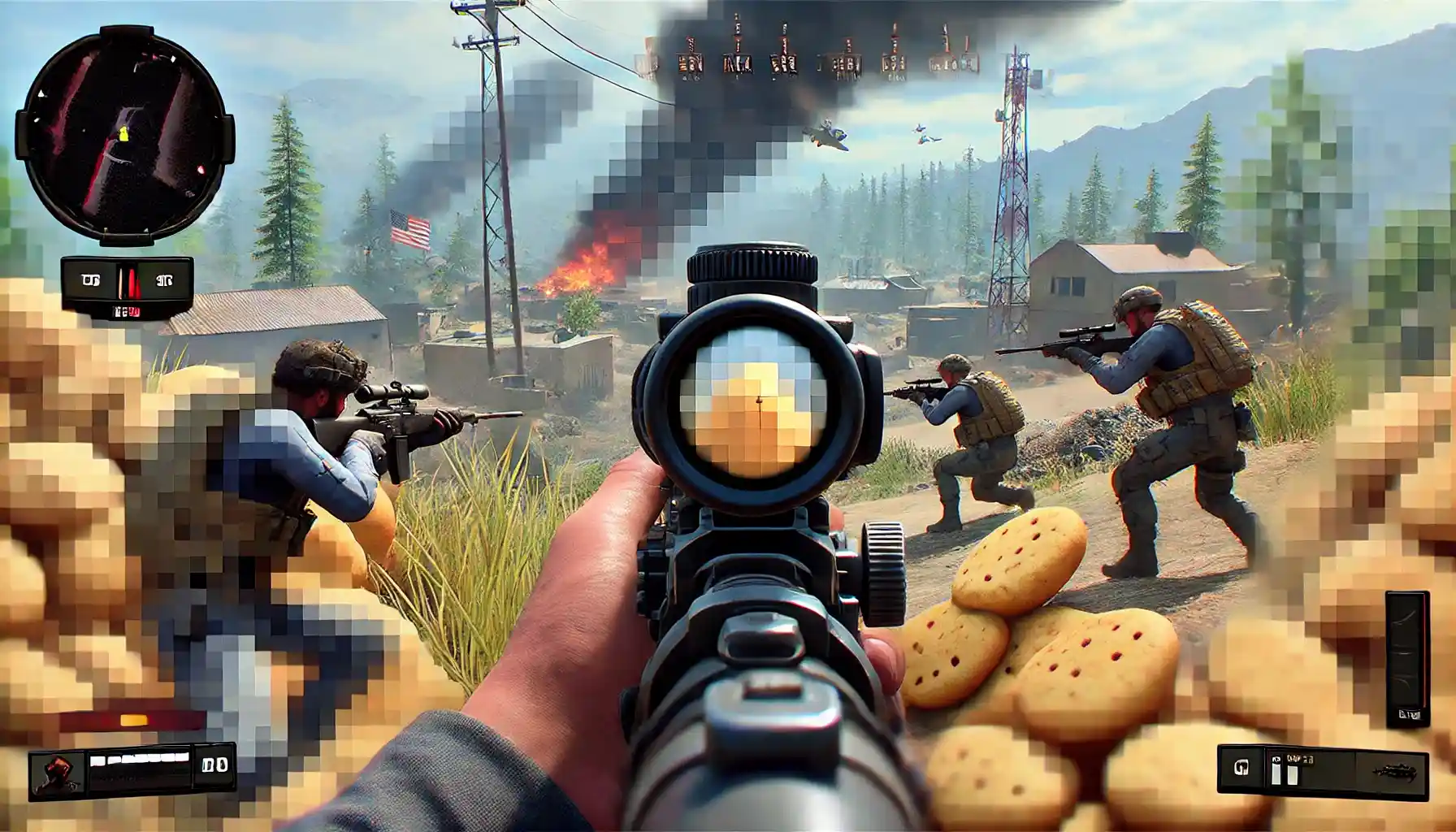
- Fullscreen Exclusive dedicates all of your GPU’s power to the game, reducing input lag and giving smoother performance.
- 1920×1080 resolution is the sweet spot between visual clarity and performance. If you have a mid-range GPU, higher resolutions like 1440p or 4K can lower your FPS.
- Turning off shadows, reflections, and weather effects frees up a lot of GPU power, which is often consumed by rendering small details. These effects don’t contribute to gameplay visibility, so lowering them improves FPS without sacrificing competitive advantage.
- Disabling V-Sync reduces input lag, which is critical in fast-paced shooters where quick reactions are key.
Conclusion
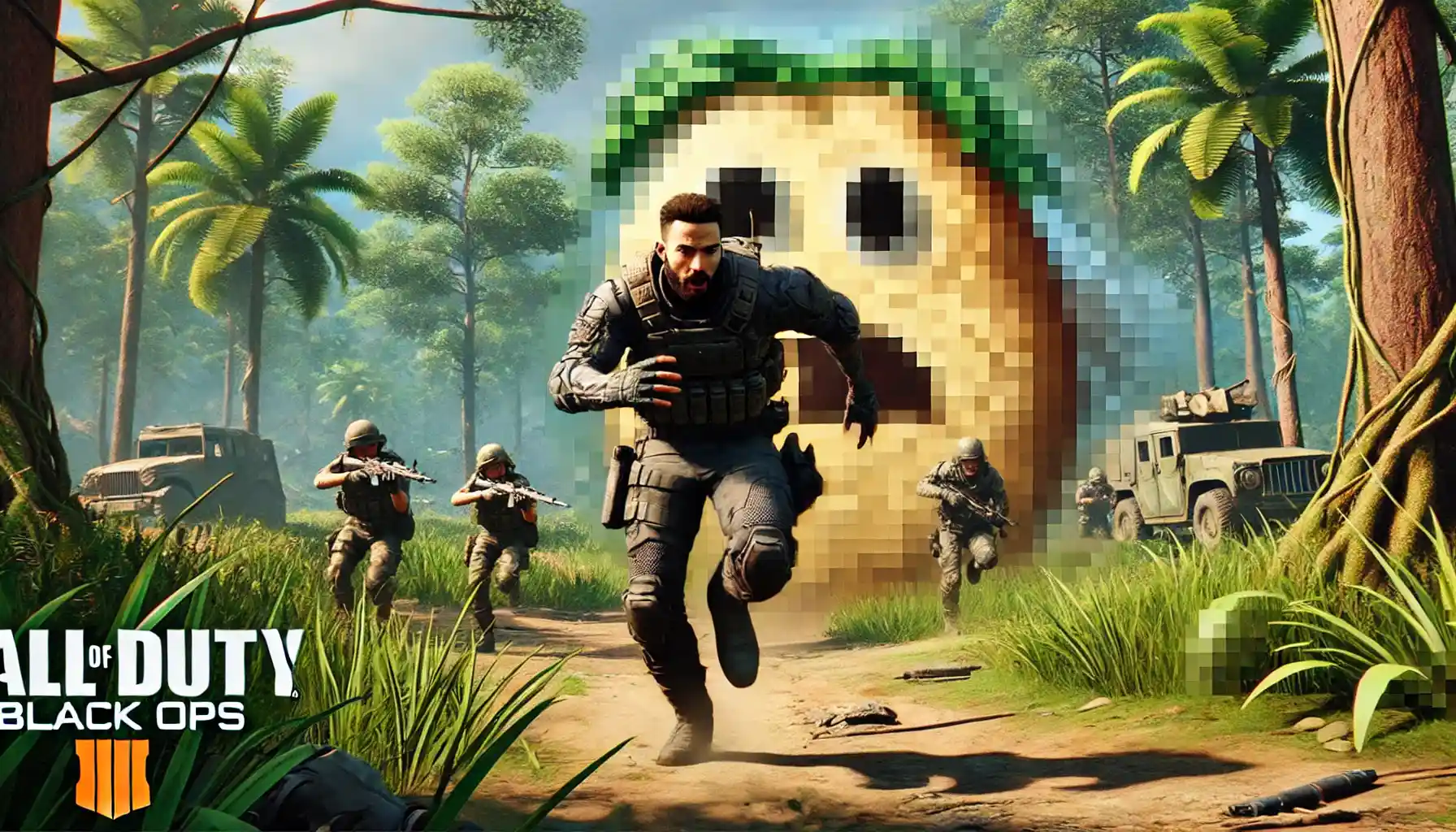
In Call of Duty: Black Ops 6, optimizing your graphics settings is key to achieving a smoother and more stable gaming experience, especially for competitive play. The primary goal is not necessarily to get the highest FPS but to maintain consistent, stutter-free gameplay. A steady 60 FPS with clear visuals is far better than fluctuating higher FPS that causes random frame drops.
To achieve this, focus on stability over maximum performance by adjusting settings like shadows, reflections, and weather effects. Disabling features like Anti-Aliasing, V-Sync, and Ambient Occlusion frees up your GPU’s resources, allowing the game to run smoother. Lowering unnecessary details like volumetric effects and water quality also helps boost FPS without impacting your ability to play effectively.
By following the recommended settings, such as using Fullscreen Exclusive mode and setting the resolution to 1920×1080, you’ll balance performance with visuals, ensuring a competitive edge without overloading your system.
Frequently Asked Questions
What is the best display mode for Call of Duty: Black Ops 6?
The best display mode is Fullscreen Exclusive. It dedicates all of your GPU’s resources to the game, reducing input lag and providing smoother gameplay.
What resolution should I use for the best balance between visuals and FPS?
For most players, 1920×1080 (1080p) is the ideal resolution. It provides a good balance between performance and visual clarity, especially for mid-range PCs.
Should I turn off shadows and reflections?
Yes, turning off Screen Space Shadows and Reflections significantly improves FPS by reducing the GPU load. These effects don’t add much to gameplay but are heavy on performance.
What does turning off V-Sync do?
Turning off V-Sync reduces input lag, making your gameplay more responsive. This is crucial in fast-paced games like Black Ops 6.
Why should I avoid using frame generation technologies like DLSS or FSR?
While DLSS and FSR generate extra frames to boost FPS, these “fake” frames can introduce latency, making fast reactions slower in competitive situations.
What hardware upgrades will improve performance?
To improve performance, consider upgrading your GPU (aim for at least a GTX 1660 or AMD RX 580), CPU (Intel i5-9600K or AMD Ryzen 5 3600), and increase your RAM to 16 GB for better multitasking and smoother gameplay.
How can I lower load times in Call of Duty: Black Ops 6?
Using a fast NVMe SSD instead of a standard SATA SSD will significantly reduce load times and improve overall system performance during gameplay.
Should I use High or Low settings for textures?
Use Normal or Low texture settings for a balance between performance and quality. High settings may impact FPS, especially on older systems.
What’s the benefit of disabling Ambient Occlusion?
Disabling Ambient Occlusion removes complex lighting effects, which helps boost performance without significantly affecting the game’s visuals.

